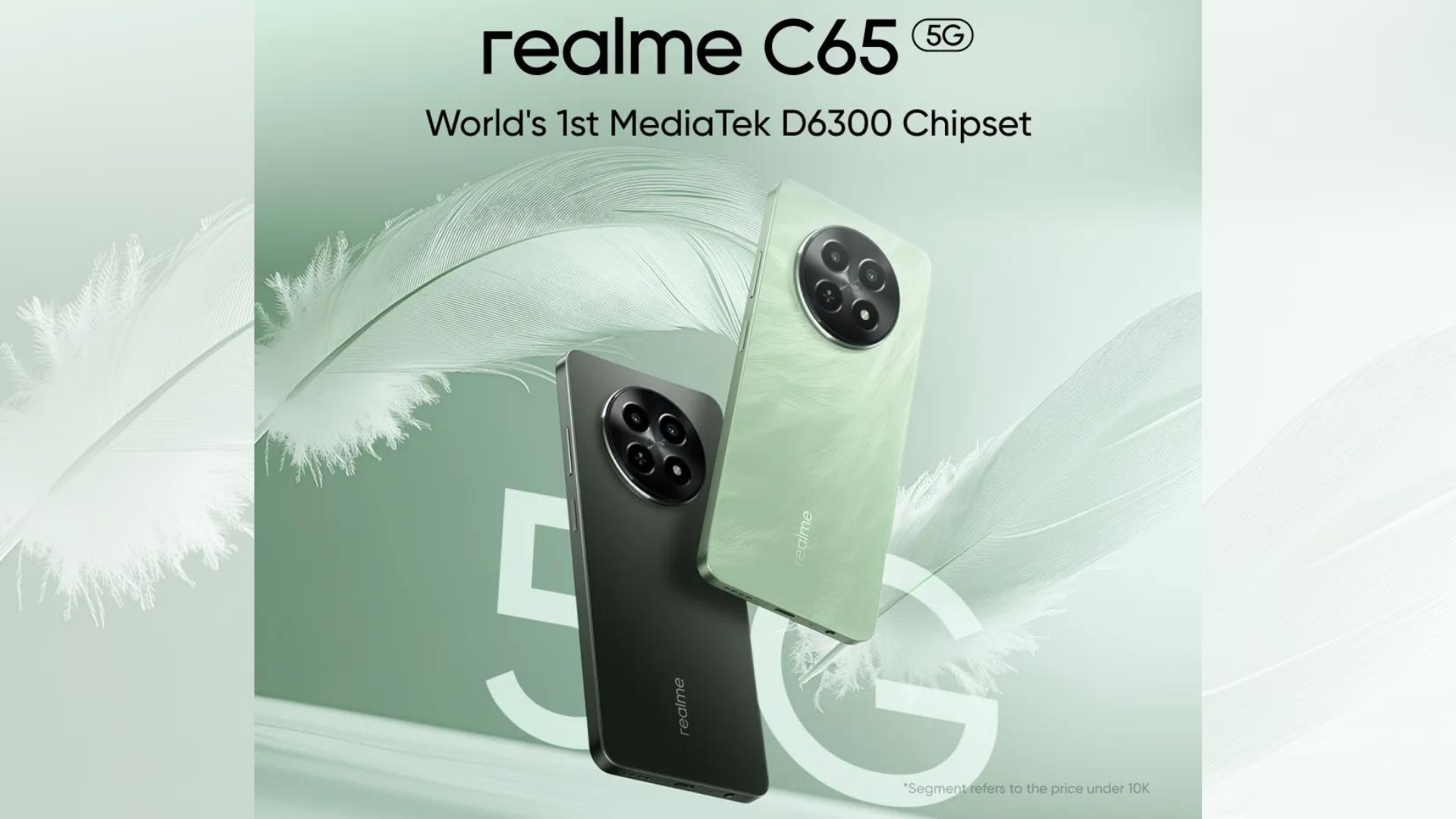Google is working on a new Android partition system, Virtual A/B! System updates comes our Android devices, we wait for system-update with patience, after then we install the OTA package. What do you think if this process was much faster? This is what Google has been trying to do lately.
New Seamless Update System: Virtual A/B
As you know, Android system has two update mechanisms; A/B seamless updates and non-A/B updates. A/B partition system, which introcuded with Android 7.0 (Nougat) in 2016, was updated by Google years later. This is a system that will likely be enforced with Android 13. To reduce code complexity and improve the update process, in Android 11 the two mechanisms are combined via Virtual A/B, bringing seamless updates to all devices with minimal storage cost, this provides Virtual A/B compression option to compress snapshot partitions.
System pdates are seamless like A/B updates. Virtual A/B updates minimize the time that a device is offline and unusable, and can be rolled back. If the new OS fails to boot, devices automatically rollback to previous version. Virtual A/B updates uses minimum of extra space by duplicating only the partitions that are used by the bootloader. Other updateable partitions are snapshotted.
Non-A/B, A/B and Virtual A/B Comparison
Google has made a lot of explanations about this partition system in this blog. With new partition system, device system will take up less space, OTA packages will be smaller size, and these OTA packages will be decompressed 30% faster. This means faster system updates. Below are the differences between new partition system and other variants, such as OTA size, system partition size, and installation speed.
Virtual A/B will be available on Android 11 and higher. More information about this system is available here. When it comes to fastest system updates, Xiaomi will fit this subject perfectly with MIUI 14. It was announced recently that MIUI 14 will be quite fast and system takes smalles space. So what do you think about this new partition system? Don’t forget to give your opinion below and stay tuned for more content.






